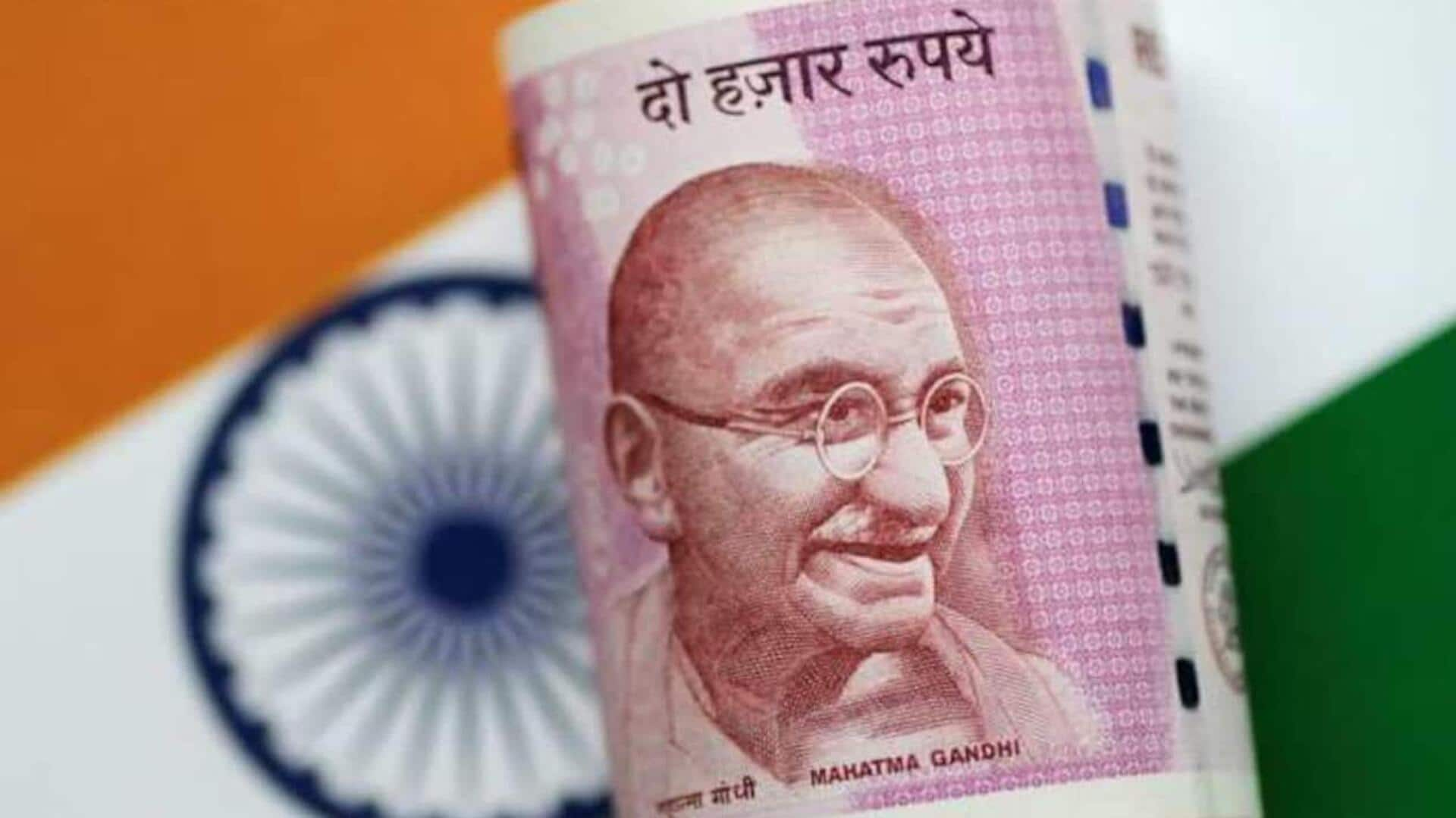
How Mahatma Gandhi became the face of Indian currency notes
What's the story
Mahatma Gandhi's face on Indian currency is something we all recognize, but did you know he wasn't the first pick for this honor? The story of how his image went from being turned down to becoming a key part of India's currency notes is a fascinating journey through history and national identity. It all kicks off with the Reserve Bank of India (RBI) explaining how they chose visuals for currency notes when India was moving from colonial rule to independence.
Initial choice
RBI's initial plan for currency note visuals
The RBI website states, "The transition of currency management from colonial to independent India was a reasonably smooth affair." It adds that during the interim period between independence and the establishment of the Republic, it continued to issue existing notes. The initial plan was to replace King George VI's portrait with Mahatma Gandhi's on the new design ₹1 note in 1949. However, this idea was eventually set aside in favor of featuring the Lion Capital at Sarnath.
Heritage showcase
Currency notes: A reflection of India's heritage and progress
For many years after gaining independence, Indian currency notes showcased images that highlighted the country's rich cultural heritage and progress. Notes from the 1950s and '60s featured majestic animals like tigers and deer, symbols of industrial advancement such as the Hirakud Dam and Aryabhatta satellite, and iconic landmarks like the Brihadeeswara Temple. These designs were a testament to India's focus on development and modernization while honoring its cultural roots.
Debut appearance
Gandhi's image debuts on currency notes in 1969
It wasn't until 1969, during the celebration of Gandhi's birth centenary, that his image first appeared on a currency note. This design depicted Gandhi seated with his Sevagram Ashram in the background. In 1987, when the ₹500 denomination was reintroduced by then Prime Minister Rajiv Gandhi's government, Mahatma's portrait graced the new ₹500 note for the first time.
Permanent fixture
Gandhi becomes permanent face of Indian currency
By the mid-1990s, the RBI rolled out the Gandhi series in 1996, which came with upgraded security features like watermarks and security threads. This was a game-changer in India's currency history, as Gandhi's image became the permanent face on all Indian notes. Even though there have been calls from different groups to swap Gandhi's image for others like Jawaharlal Nehru or Subhas Chandra Bose, his portrait still holds its ground on Indian currency.